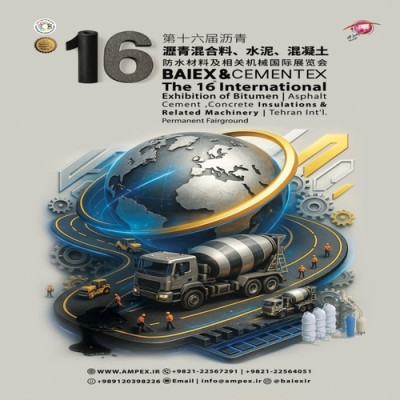The World Bank has predicted that a significant oversupply of petroleum in the coming years could lead to prices falling below $60 per barrel.
We are approaching a historic gap between supply and demand in petroleum markets, comparable only to two instances since the mid-19th century when the petroleum industry was born. A report released this week by the World Bank highlights the risks of a potential surplus in petroleum supply, which could severely disrupt the global economy and trade patterns.
The World Bank's latest Commodity Markets Outlook projects that in the coming year, global petroleum supply will exceed demand by an average of 1.2 million barrels per day. The scale of this surplus is significant, having been seen only twice before—in 1998 and 2020. As a result, the price of petroleum per barrel is expected to remain under $60 for the next six years.
A blog post accompanying the report attributes this oversupply to a combination of factors, including China's stagnant economic growth, increased electric vehicle sales (expected to surpass 23% of new car sales this year and reach 40 million vehicles annually by 2030), greater use of gas-powered trucks, anticipated production growth from non-OPEC+ countries, and persistent overproduction by OPEC+ members, currently producing seven million barrels per day in excess.
While this situation implies economic uncertainty and disruption in the coming year, it could also act as a significant market-correcting force. Earlier this week, Axios reported that this new reality might help keep energy prices constrained for consumers, even amidst escalating geopolitical tensions, but could severely undermine the economic factors underpinning petroleum production.
This outlook might be welcomed by average citizens in developed nations, but it is less optimistic for those in poorer countries. Indermit Gill, the World Bank Group’s Chief Economist and Senior Vice President, noted: “Falling commodity prices and better supply conditions can provide a buffer against geopolitical shocks. But they will do little to alleviate the pain of high food prices in developing countries where food-price inflation is double the norm in advanced economies. High prices, conflict, extreme weather, and other shocks have made more than 725 million people food insecure in 2024.”
Petroleum and gas companies, meanwhile, face a decade of uncertainty, volatility, and reduced revenues. Fatih Birol, Executive Director of the International Energy Agency, stated that the World Bank’s forecasts, based on the latest data, suggest a major surplus this decade. Petroleum companies may need to ensure their strategies and business plans are prepared for these coming changes.
According to a Reuters report, the outlook is bleak even for major corporations that have made significant efforts to diversify their assets and prepare for such a downturn.
BY WPB



















